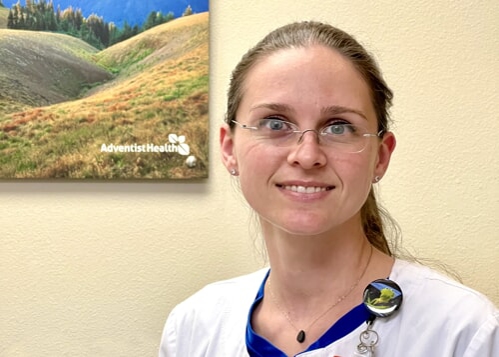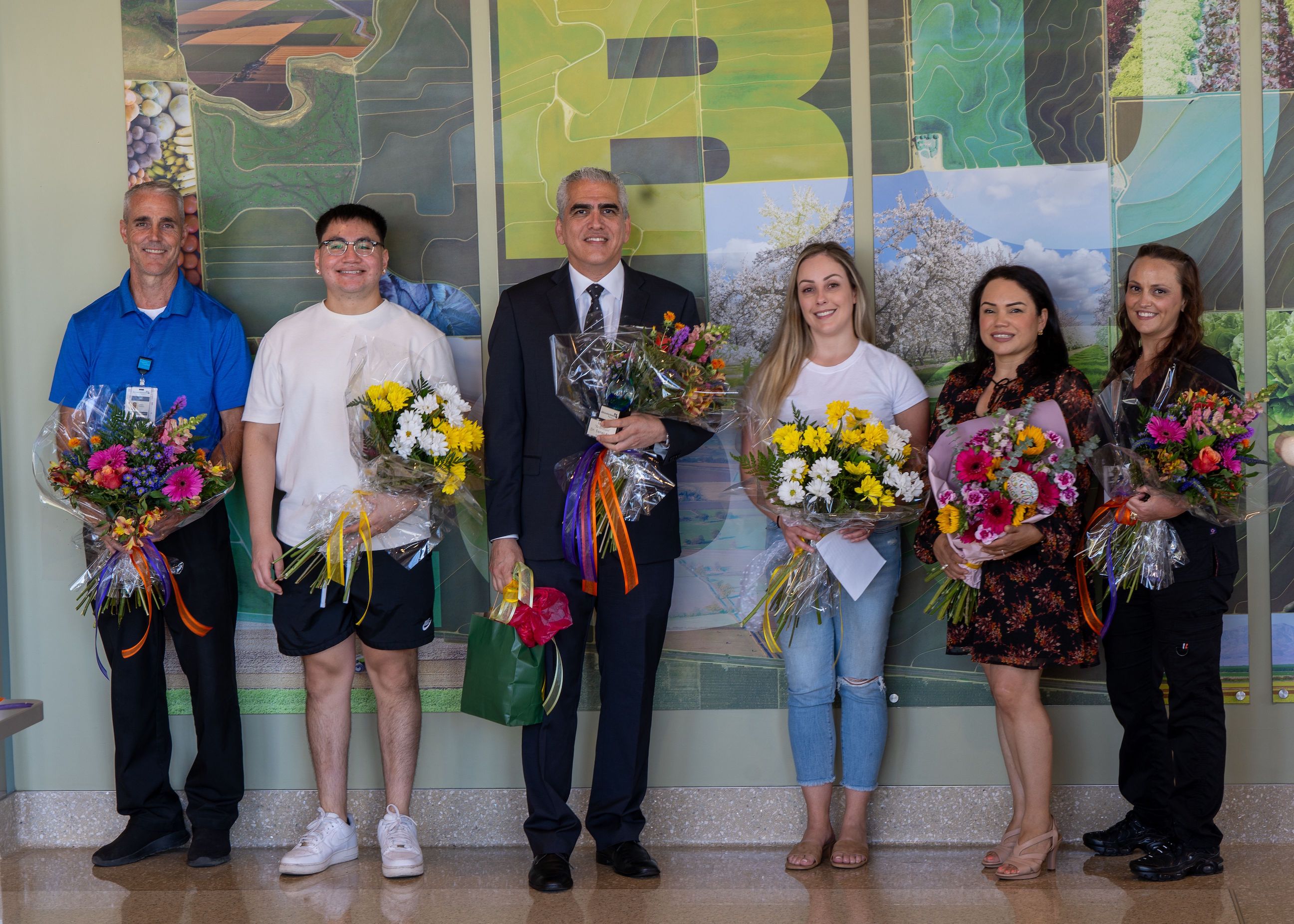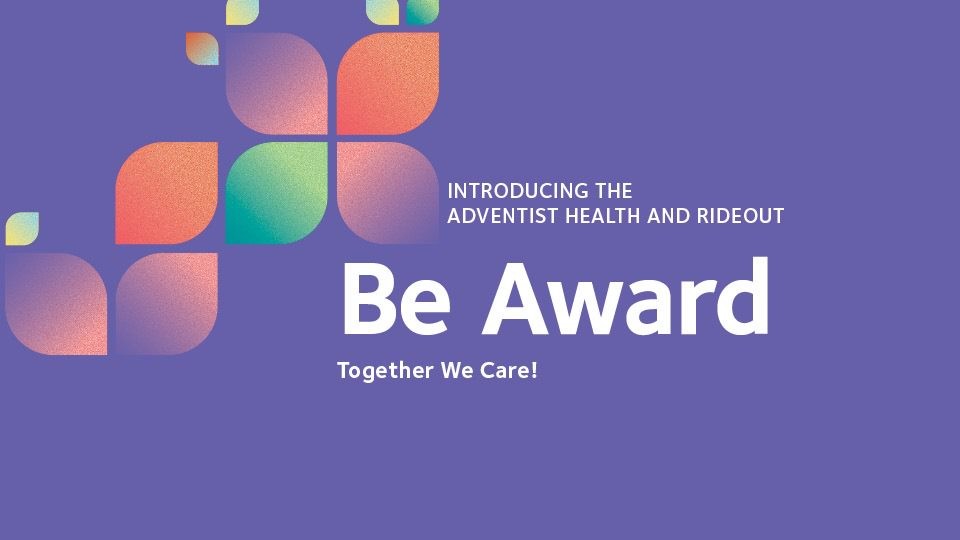It takes skill, empathy and patience
Feb 21, 2022

In celebration of National Phlebotomists Recognition Week, we hear from Caroline Garcia, a certified phlebotomy technician of our own. Learn more about the work of phlebotomists and more specifically, what inspires her. As of June 2022 Caroline will have been here at Adventist Health St. Helena for three years. She says it has felt like home since day one.
Here’s what she had to say:
Q: What do phlebotomists do?
A: A phlebotomist is someone who can work under immense pressure while keeping themselves, as well as the patient calm. They have a lot of empathy for their patients, are passionate about their craft, and have the energy and stamina to keep up with the constant movement. We go all over the hospital to collect quality blood samples from patients in various stages of their lives, from peak health to end-of-life care. Sometimes the patients’ veins are difficult to see and feel, so we must be familiar with the different types of vein pathways. We need to know what needle would be the best option to obtain the best sample without causing much pain or leaving a bruise. It’s essential to be humble and take everything one moment at a time. It takes a lot of skill, faith, empathy, and, most importantly, patience to be a phlebotomist.
Q: Why do you think it’s important to recognize this work?
A: It’s important to recognize phlebotomists because we work very hard to obtain the best sample possible while keeping pain to a minimum. Sometimes we draw a patient’s blood while running beside the gurney because they are being rushed to a CT scan. We comfort patients when they are afraid of needles and need compassion and understanding. Most importantly, our work needs to be recognized because we get in there at the right time to get the best sample, so our doctors and nurses know how to help heal our patients. It truly is amazing what stories can be told from a drop of blood!
Q: How do you feel our mission (Living God’s love by inspiring health, wholeness and hope) ties in to what you do?
A: I feel our work ties in with all of those, but most importantly, hope. Whenever I encounter a patient, I explain what I am doing, why I am doing it, and how long they can expect to see the results. I try to make them as comfortable as possible and talk to them to help distract them. When I have completed the draw, I ask if there is anything else I can do to make them more comfortable - a blanket, more ice chips, a pillow, or simply an ear to listen to them without judgment. I quickly communicate with the nurses about the patients’ needs, pain, etc. If the patient feels like their needs are being met promptly, that creates hope that they will get better faster. These simple acts make the patient feel cared for, seen, heard, and respected. Communication is the best way to create hope. Making sure the patient receives the proper care creates wholeness, which in turn improves their health.
Q: Why do you do what you do?
A: I've always had a passion for healing and the science behind it. Understanding the “why,” behind a process like any good scientist should. Other than being in the OR monitoring the patient while under anesthesia, I love placing IV’s, drawing labs and running the samples in the laboratory. It is incredible to witness a patient's journey from initial blood draw, lab results, and treatment a doctor provides based on a small blood sample! I have contemplated the idea of furthering my education to become a clinical laboratory scientist in the future. Still, I enjoy patient contact, so that is simply a dream for now.
Related articles

Adventist Health and Rideout Honors July BE Award Recipients
August 4, 2023

Hydee Berger Named Adventist Health Tillamook Emergency Medical Services Provider of the Year
May 24, 2023

Adventist Health and Rideout Honors Jan. 2024 BE Award Recipients
February 12, 2024